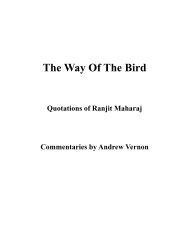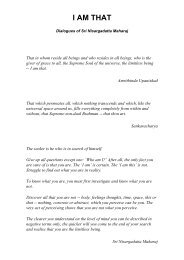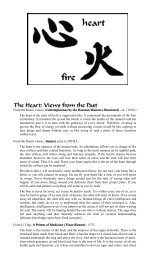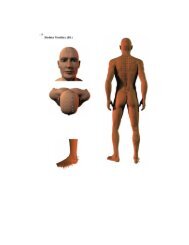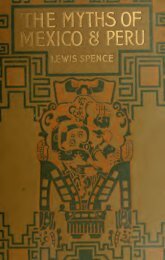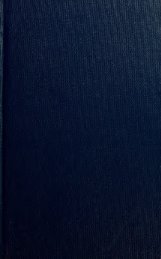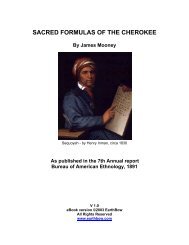Create successful ePaper yourself
Turn your PDF publications into a flip-book with our unique Google optimized e-Paper software.
A general account of bonding<br />
lacks these qualities insofar as it desires them. Thus, to that degree it is<br />
neither beautiful nor good. Hence, one of the Peripatetics was wrong in his<br />
statement about matter when he concluded that matter is ugly and evil,<br />
because the desire for the good and beautiful is itself evidence that matter<br />
lacks these properties. Aristotle said more carefully that matter is not ‘ugly’<br />
or ‘evil’ as such. 9 Rather, the actual truth is that that which, like matter,<br />
tends and moves equally towards goodness and evil, ugliness and beauty, is<br />
in itself neither ugly nor beautiful, neither evil nor good. If matter were<br />
evil, it would be contrary to its nature to desire the good; the same would<br />
be true if it were naturally ugly. And if it were evil by analogy, then it would<br />
also analogously possess a contrary which does not desire, but, rather,<br />
excludes and rejects, the other contary. The more profound philosophers<br />
understand this as we have declared elsewhere. That is, matter itself, in its<br />
bosom, is the beginning of all forms, such that all things originate and are<br />
produced from it; it is not a pure negation, as if all things originated from<br />
the outside as foreigners; indeed, outside of the bosom of matter there are<br />
no forms; rather, all forms are both latent within it and are derived from it.<br />
Consequently for anyone who considers bonds at the social level and in<br />
their full meaning, it should be clear that in every material thing or part of<br />
matter, in every individual or particular thing, all seeds are contained<br />
within and lie hidden there, and, as a result, the inclinations of all bonds<br />
can be actuated by a skilful effort. In one of our ‘Thirty Small Signs’, 10 we<br />
have explained in general how such an inclination and its transformation<br />
take place.<br />
15. The generality or universality of a bond. From what has just been said, it<br />
follows that the love by which we love, and the tendency by which all things<br />
desire, are intermediaries between good and evil, between the ugly and the<br />
beautiful (not themselves being ugly or beautiful). And so they are good<br />
and beautiful because of a sort of sharing and participation, for the bond of<br />
love has a nature which is both active and passive. And by this, things act,<br />
or are acted upon, or both, as they desire to be ordered, joined, united and<br />
completed, insofar as it is within the nature of each thing to be occupied<br />
with order, joining, union and completion. Without this bond there is<br />
nothing, just as without nature there is nothing. Because of this, therefore,<br />
love is not a sign of imperfection when it is considered in matter and in the<br />
9 See Physics, I, 9 (192.a.24).<br />
10 See Part I, ‘On Bonding Agents in General’, Article 12, ‘No one particular thing can bind everything’.<br />
172







